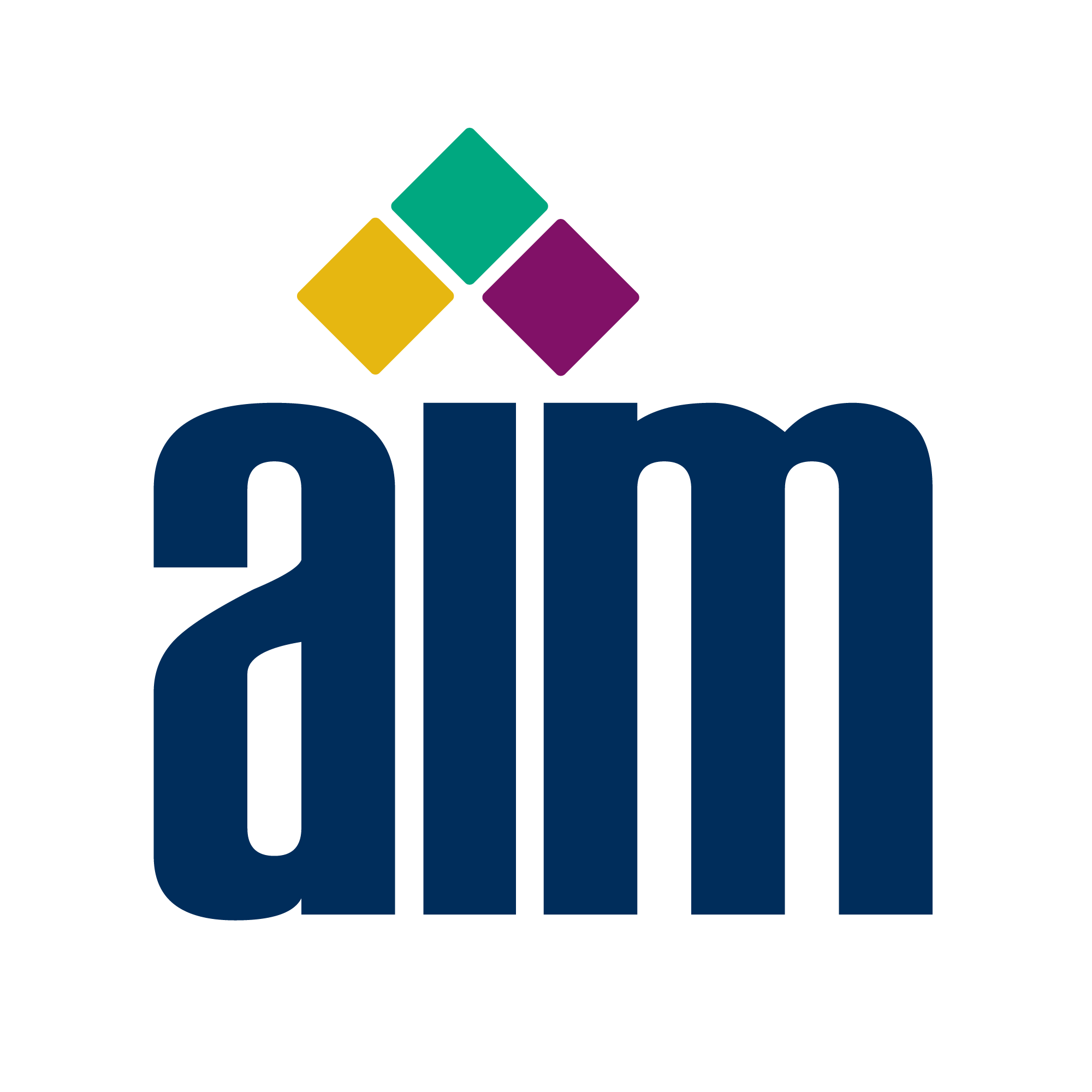Technical Symbology Committee
Members of the Technical Symbology Committee actively work to ensure that complete technical specifications, standards, guidelines and technical reports are available to the market. Many of these symbologies, originally designed and published as AIM specifications, provide a basis for future international standardization of the technology.Recent Highlights
• Revised Extended Channel Interpretation 3 | Revision provides a list of all current ECIs assigned.
• Updated Ultracode International Technical Standard (ITS) | Updating AIM Ultracode ITS version 2 with methods for module color identification in the Reference Decode Algorithm and methods for color quality assessment and grading.
• Expert Feedback on Direct Part Marking (DPM) | The TSC gave recommendations for an update to ISO/IEC TR24720 Information technology — Guidelines for DPM for Automatic Identification and Data Capture (AIDC) techniques. ISO/IEC JTC1/SC31/WG1 | TSC continues to provide the JAB Code Project Team comments as it relates to this potentially high-capacity 2D color bar code.

